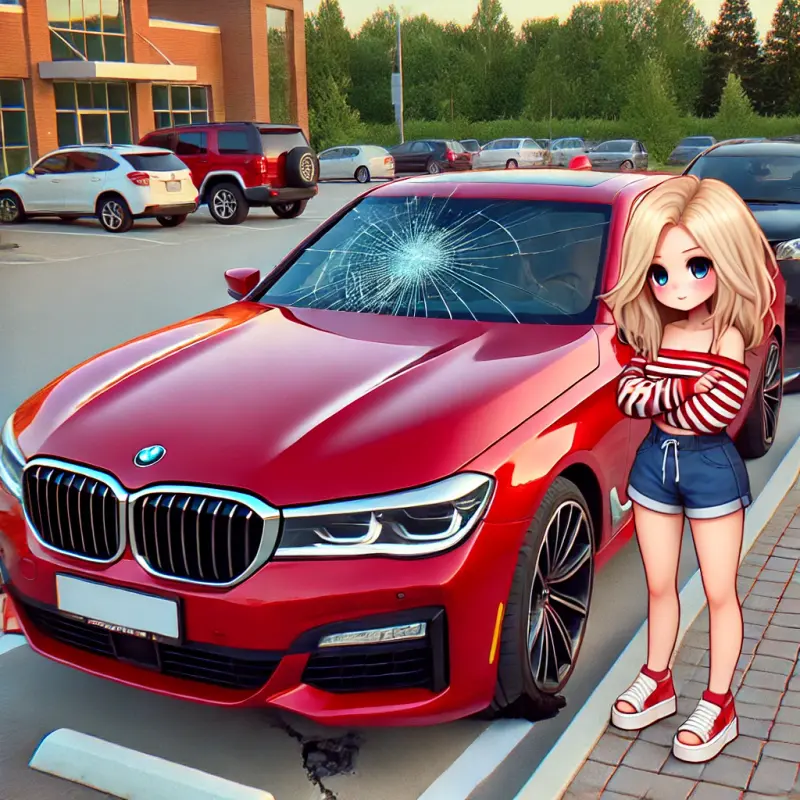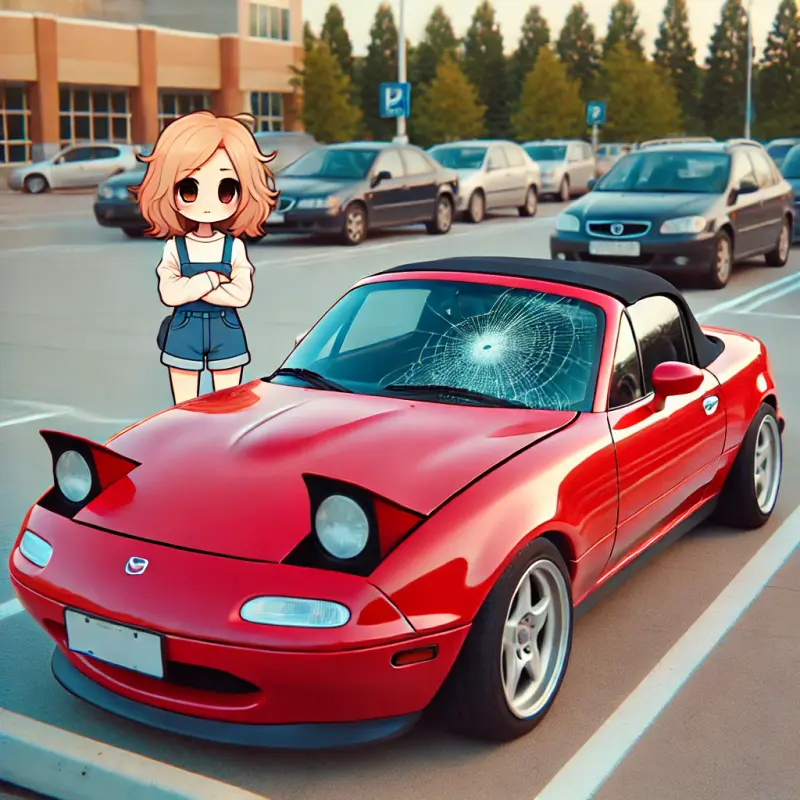Introduction
When it comes to vehicle safety, the windshield plays a pivotal role. It's not just a piece of glass; it's an integral component that contributes to structural integrity, occupant protection, and visibility. So, when you find yourself in need of a windshield replacement, understanding the materials involved Dallas Auto Glass becomes paramount. Ironically enough, many folks don’t give a second thought to what goes into their auto glass until they’re faced with a cracked or shattered windshield. That's where this article comes in! We’re diving deep into the world of auto glass replacement materials—explaining everything you need to know about quality windshield replacements.
The Best Materials for Quality Windshield Replacements Explained
In the realm of windshield replacement, various materials come into play. The primary contender is laminated safety glass, which has emerged as the gold standard due to its unique properties. Let's explore why laminated glass is favored and what other materials have made their mark in the industry.
What is Laminated Safety Glass?
Laminated safety glass consists of two layers of tempered glass with a layer of polyvinyl butyral (PVB) sandwiched between them. This innovative design offers impressive benefits:
- Safety: In case of breakage, the PVB layer holds shards together, minimizing injury risks. UV Protection: It blocks most UV rays, protecting your skin and your car’s interior. Noise Reduction: The PVB layer dampens sound vibrations, leading to a quieter ride.
Why Choose Laminated Glass for Windshield Replacement?
1. Enhanced Safety Features
Safety is not just a buzzword; it’s crucial when discussing windshields. Laminated glass provides unmatched safety features by keeping shattered pieces intact during accidents.
2. Increased Durability
With its layered structure, laminated glass outlasts traditional single-pane options. It's engineered to withstand impacts without shattering easily.
3. Improved Visibility
A clear view is non-negotiable while driving! Laminated windshields are crafted to reduce glare and enhance visibility during various weather conditions.
Tempered Glass: A Viable Alternative?
While laminated glass reigns supreme for windshields, tempered glass often finds its way into side windows and rear screens.
What is Tempered Glass?
Tempered glass undergoes a heating process that makes it several times stronger than regular glass. When broken, it shatters into small pieces rather than sharp shards—reducing injury risk.
Advantages of Tempered Glass in Auto Applications
- Strength: Its toughness makes it ideal for areas prone to impact. Safety: As mentioned earlier, tempered glass breaks safely.
Drawbacks of Using Tempered Glass for Windshields
However, using tempered glass instead of laminated for windshields presents some concerns:
- It doesn’t offer the same level of protection against projectiles. There’s no PVB layer to hold shards together if broken.
Polycarbonate: The Lightweight Champion
Another material gaining traction in automotive applications is polycarbonate—a type of plastic known for being lightweight yet incredibly strong.
Benefits of Polycarbonate in Auto Glass Replacement:
- Impact Resistance: It absorbs shocks better than traditional glass. Lightweight Properties: This can improve fuel efficiency due to reduced vehicle weight.
Limitations of Polycarbonate Windshields
Despite its advantages, polycarbonate isn't widely used for windshields due to:
- Scratching easily compared to tempered or laminated glasses. Degradation over time when exposed to UV rays unless treated properly.
A Comparative Table: Different Types of Windshield Materials
| Material | Safety Features | Durability | Cost | Common Use | |------------------|-----------------|-------------|--------|-------------------| | Laminated Glass | High | High | Higher | Windshields | | Tempered Glass | Moderate | High | Moderate| Side & rear windows | | Polycarbonate | Moderate | Moderate | Lower | Specialty vehicles |

FAQs About Windshield Replacement
1. How do I know if my windshield needs replacing?
If you notice significant cracks or chips larger than a quarter on your windshield or if visibility is compromised while driving—it's high time you consider a replacement!
2. Can I drive with a cracked windshield?
While small chips might be okay temporarily, driving with large cracks poses serious safety risks and could get you pulled over by law enforcement!
3. How long does windshield replacement take?
Typically, the process takes about 1–2 hours under normal conditions. However, curing time before safe driving can vary based on adhesive used.
4. Is it possible to repair my windshield instead of replacing it?
Yes! Smaller chips and cracks can often be repaired depending on their size and location without needing complete replacement.

5. What should I look for in an auto glass replacement service?
Look for certified technicians who use high-quality materials (like laminated safety glass), have good reviews, and offer warranties on their work!
6. How much will it cost me to replace my windshield?
Costs can vary widely based on vehicle make/model and labor charges but expect anywhere from $200–$1000 or more!
Conclusion
Understanding “ The Best Materials for Quality Windshield Replacements Explained” isn’t merely academic; it’s essential knowledge every driver should possess! From laminated safety glass offering unparalleled security to innovative options like polycarbonate paving the future path—being informed enables you to make choices that prioritize both safety and performance when it comes time for that all-important windshield replacement or auto glass replacement job!

The next time you're cruising down the road without so much as a crack in sight—remember this article! Your newfound wisdom could save lives (and dollars) down the line!